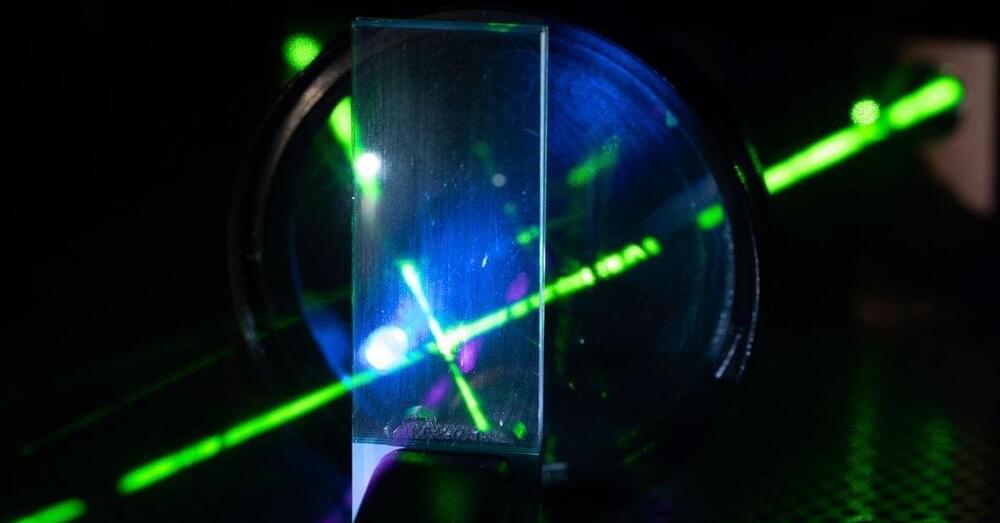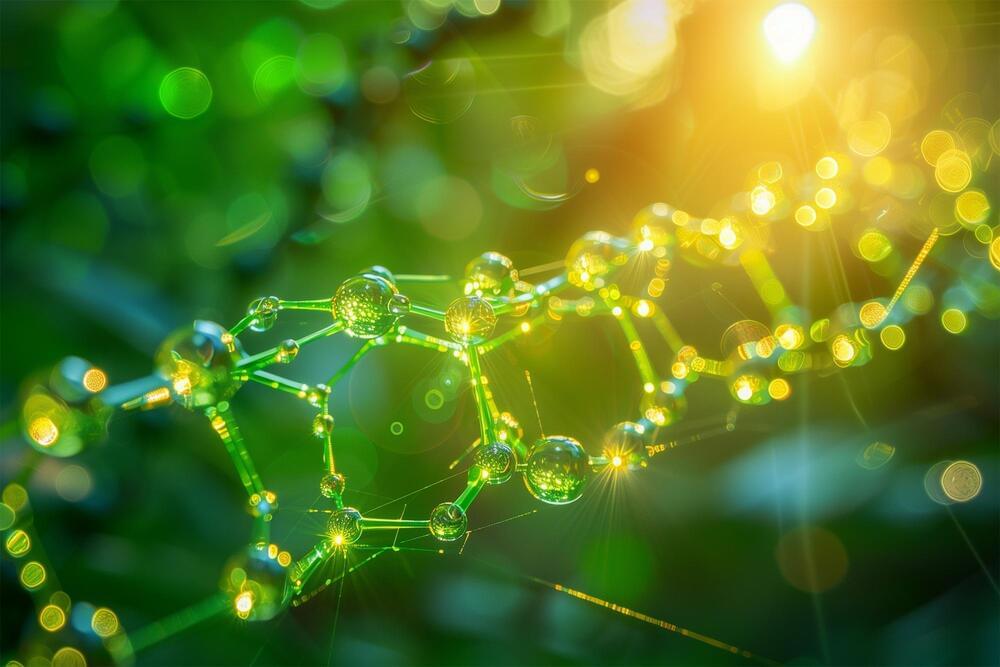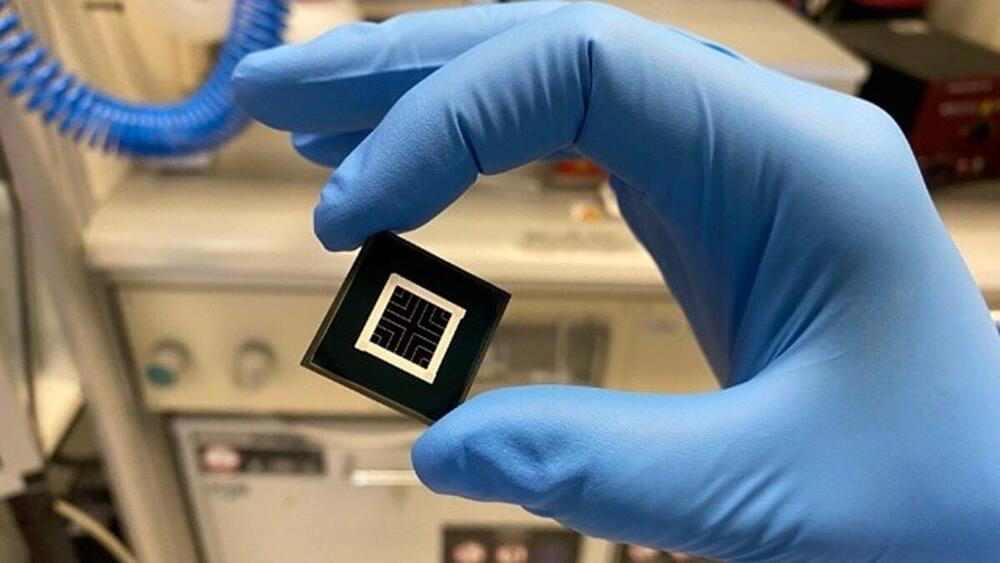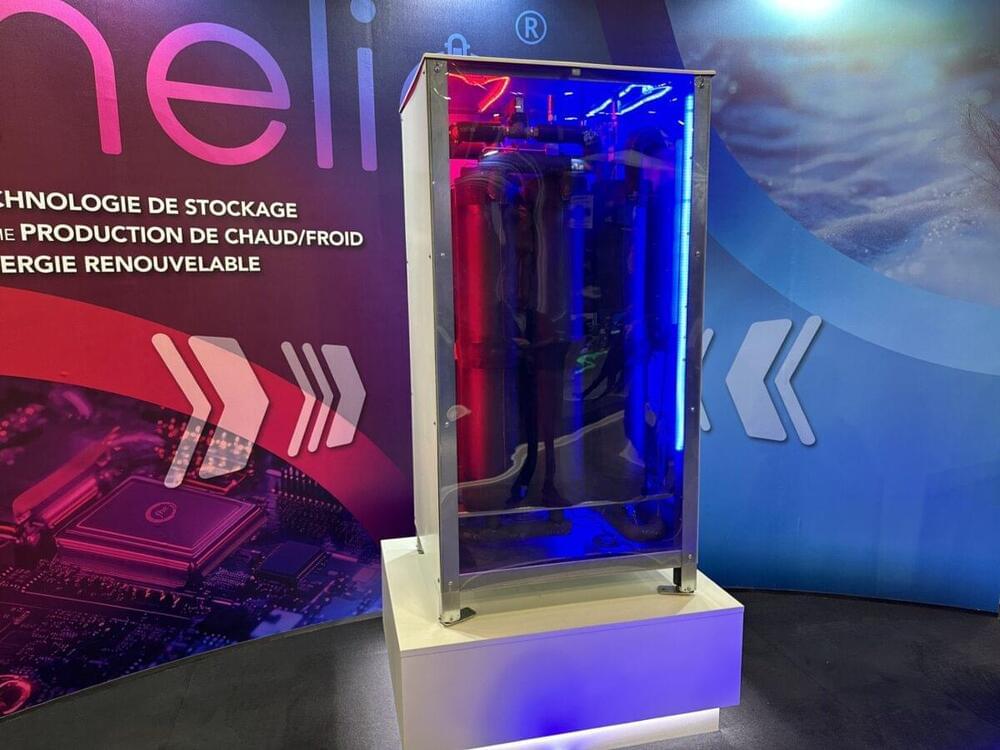The great state of Wisconsin is about to get enough clean energy to power 200,000 homes, as the Public Service Commission of Wisconsin has approved a new solar farm that will be the most powerful in the state, Electrek reported.
Vista Sands Solar Farm, which will be located on 8,500 acres of private farmland in Portage County that is being leased from its owners, is being developed by Doral Renewables LLC, a Philadelphia-based company.
The project is expected to take around two years to complete. It will cost $1 billion and generate around 500 jobs during construction and 50 permanent positions once the farm is open for business, per the company.






